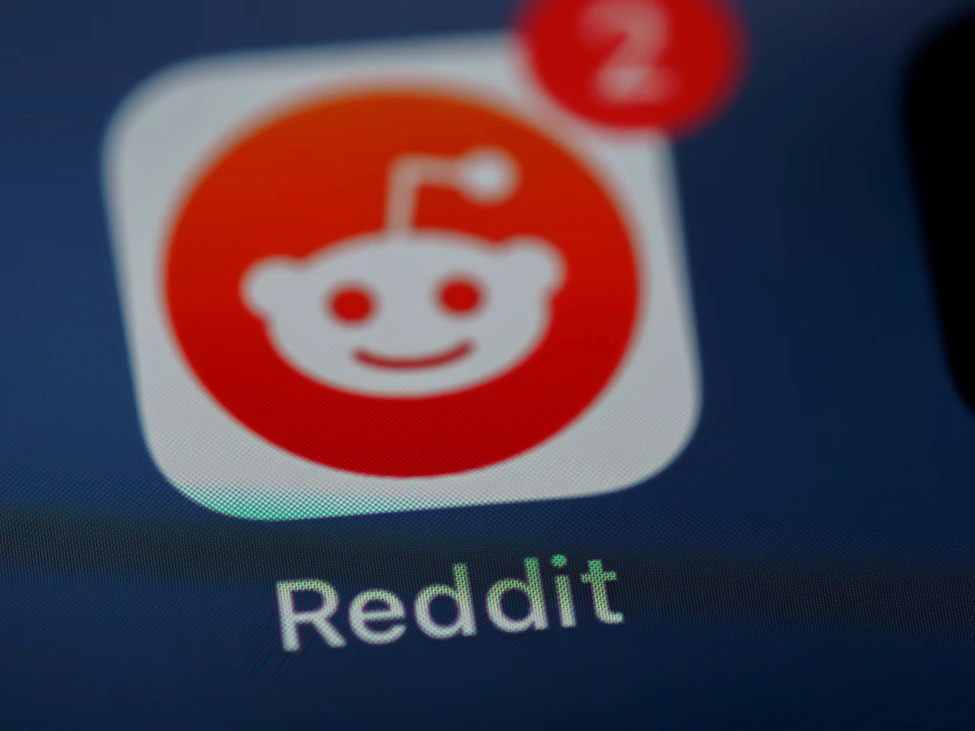Would you like to be able to predict the next big thing in your industry? Or effortlessly identify the new scope of interest of your target audience to easily catch up on that? In fact, it’s easier to do than you might think. And web scraping for marketing is already here to help you sharpen your market research. With this technique, you’ll easily navigate the vast ocean of information online. So, read on to explore why web scraping is important for your business and how it can revolutionize your market research efforts.
What is web scraping for marketing purposes?
When we talk about web scraping, we mean gathering specific data points from websites. This process is impossible without the use of automated tools. They collect relevant data across the web and then convert it into a structured format that is easy for you to process and analyze.
Web scraping is undoubtedly a game changer in marketing. With this technique, businesses gather vast amounts of data from various online sources with minimal time and resource investment. Market scraping tools crawl through competitor websites, review sites, industry blogs, you name it.
The benefits of web scraping for marketing
Marketing heavily relies on data. How else would you know the pain points of your audience? New trends? Your competitors’ strategies? Indeed, web scraping provides marketing teams with quality data for marketing. So, let’s see in what ways.
Conduct more in-depth research
Manual data collection is time-consuming and often limited in scope. Which is not good for marketers and the entire organization. Web scraping for market research automates the data collection process. With this technique, you’ll gather large volumes of data from multiple sources in a fraction of the time. And this will inevitably lead to opportunities to run more in-depth analyses. You’ll get access to any sort of information you need — be it product details, reviews, or pricing.
Stay updated about the latest trends
If you run a business in a fast-paced domain, web scraping will totally change the rules of the game. But if the industry you operate in is relatively stable, there is also a good piece of cake for you. With web scraping, you’ll monitor the digital world in real-time. And it means that you will rapidly identify emerging trends and will be able to adapt your marketing strategies to the new reality and customer demand.
Track your competitors
Not a single data driven marketing campaign is successful without competitor research. But with manual data collection, it will take ages to run through your rivals’ websites and customer reviews. You can even scrape mobile app data to get an idea of what your rivals are up with. Data scraping gets things done faster and more efficiently.
Understand better your audience
There is always something new to learn about your audience. And as you enter the market with a new product, getting to know the people that might potentially become your customers is more important than ever. With web scraping marketing data, you’ll pinpoint their preferences, needs, pain points, and expectations. And this will allow you to tailor your marketing campaigns to better resonate with your audience.
Prepare better reports for investors
Investors and stakeholders are always interested in the performance and potential growth of a business. So, accurate, data-driven reports are the key to securing their trust and continued support for your project. Web scraping will provide you with a solid foundation for crafting compelling reports that showcase your business’s strengths, opportunities, and progress.
Raise brand awareness
How do you market your product so that the prospects know that this offer is yours and no one’s else? Of course, with branding. A strong brand profile helps distinguish your product from the competition. But to build one, it takes a lot of research and effort. With quality data gathered online, you’ll know what messages resonate with your audience, what they expect from you, and what they say about your company.
Choose the best advertising channels
To maximize your return on investment (ROI) and reach your target audience, you’ve got to pick the optimal advertising channels. A web scraper will help you with that. This tool will collect data on your advertising performance across search engines and display networks. Then, you’ll be able to gain insights into which channels are driving the most engagement, conversions, and sales.
Complete routine tasks faster
Marketing involves a lot of essential but labor-intensive, time-consuming tasks. This may include managing multiple sales channels, monitoring competitors, tracking brand mentions, and analyzing customer feedback. With automated scraping, you’ll finish these activities faster and more efficiently. But that’s not all. Automating these tasks not only saves you valuable time. It also minimizes the risk of human error, ensuring that you have accurate and reliable data to inform your marketing decisions.

The examples of data for marketing collected with web scraping
Effective marketing decisions usually rely on data. With web scraping, you’ll be able to collect and analyze key marketing metrics that will let you feel the industry sentiment better and build effective strategies:
- Competitor pricing data
- Product details and availability
- Customer reviews
- Content performance metrics
- Influencer metrics
- Keyword rankings
How to scrape data for marketing
Web scraping for marketing purposes is not a task for everyone. But with the right tools and techniques, you will quickly and efficiently collect the data you need to inform your marketing decisions. Here’s a step-by-step guide on how to scrape data for marketing:
- Clearly define your marketing objectives. Consider what data you need to achieve the set goals.
- Choose the right tools. There are numerous web scraping tools available, ranging from simple browser extensions to more advanced software solutions. Go with a tool that suits your skill level and can handle the complexity of your project.
- Identify the target websites. Based on your marketing objectives, select the websites containing the data you need. Make sure to respect the websites’ terms of service and robots.txt files.
- Inspect the website structure. Analyze the target websites’ HTML structure to identify the elements containing the data you want to extract.
- Develop your web scraper. Using your chosen tool, develop a web scraper for navigating through the target websites and extracting the relevant data.
- Test and optimize. Run your web scraper and carefully review the collected data to ensure its accuracy and completeness. If necessary, make adjustments to your tool to improve its performance and data quality.
- Schedule and automate. Set up a schedule for your web scraper to run automatically.
While web scraping can be a powerful tool for marketing, it can also be time-consuming and challenging to manage on your own. Nannostomus will simplify the process and provide you with the expertise and resources you need to successfully scrape data for your marketing needs.
Final thoughts
Web scraping marketing information stands at the forefront of innovative data-driven strategies. And, in fact, the list of things you can do with this technique for marketing purposes is nearly endless.
Would you like to discover the opportunities the internet hides from you? Nannostomus is here to support you every step of the way. We’ll provide you with recent and well-structured data that will fuel your marketing campaigns.




